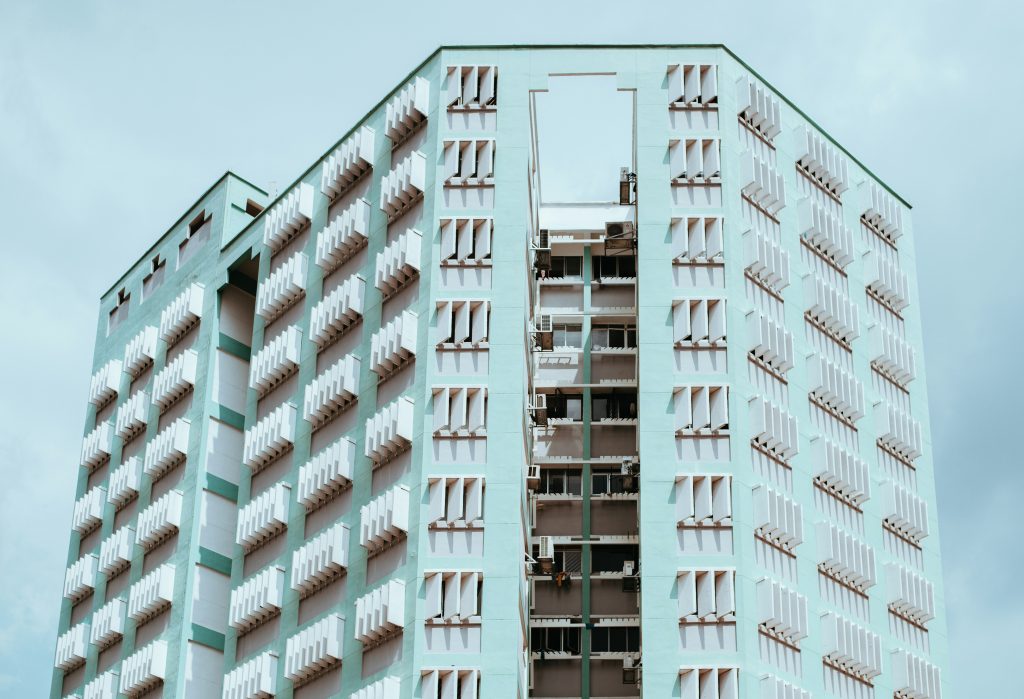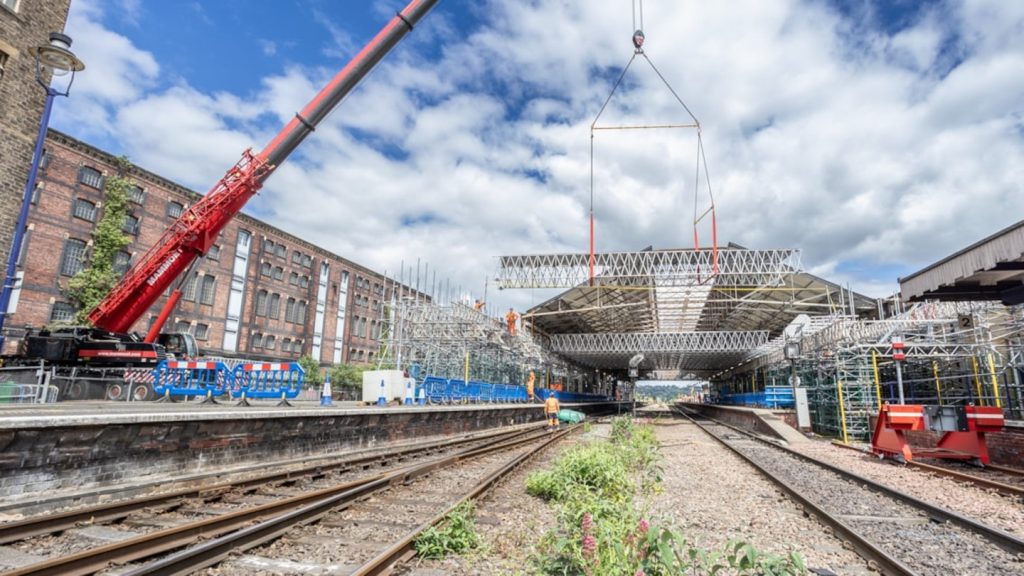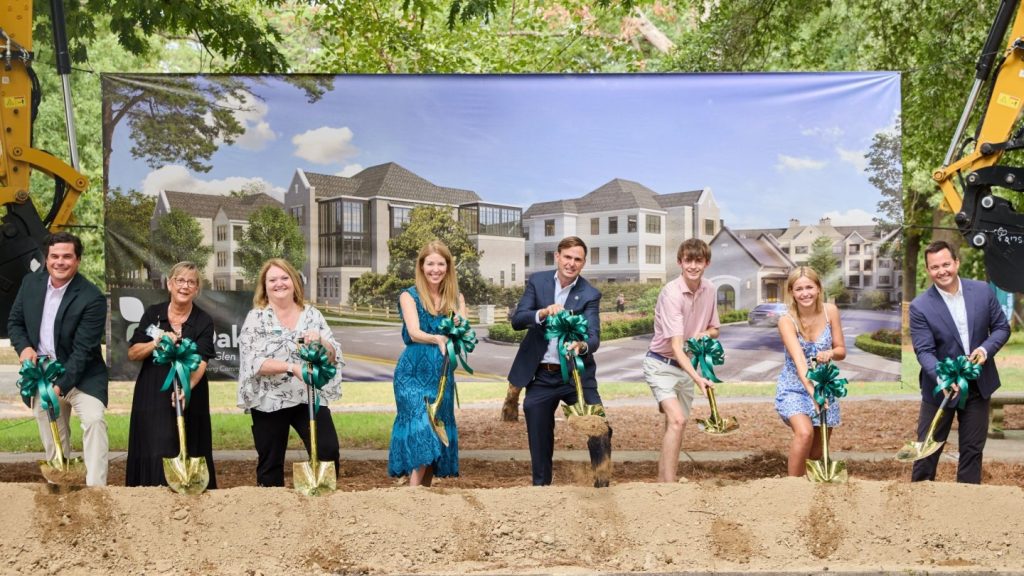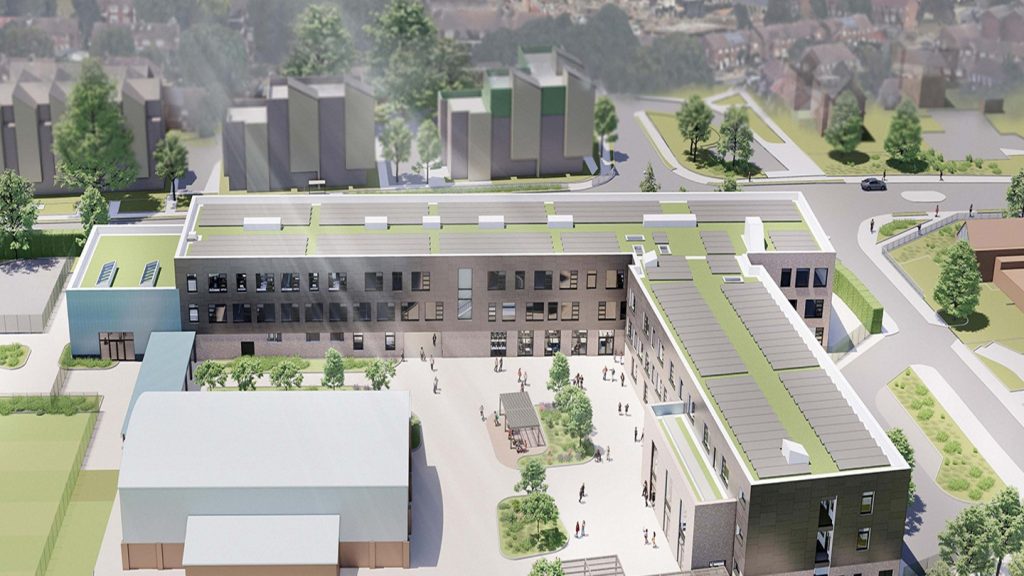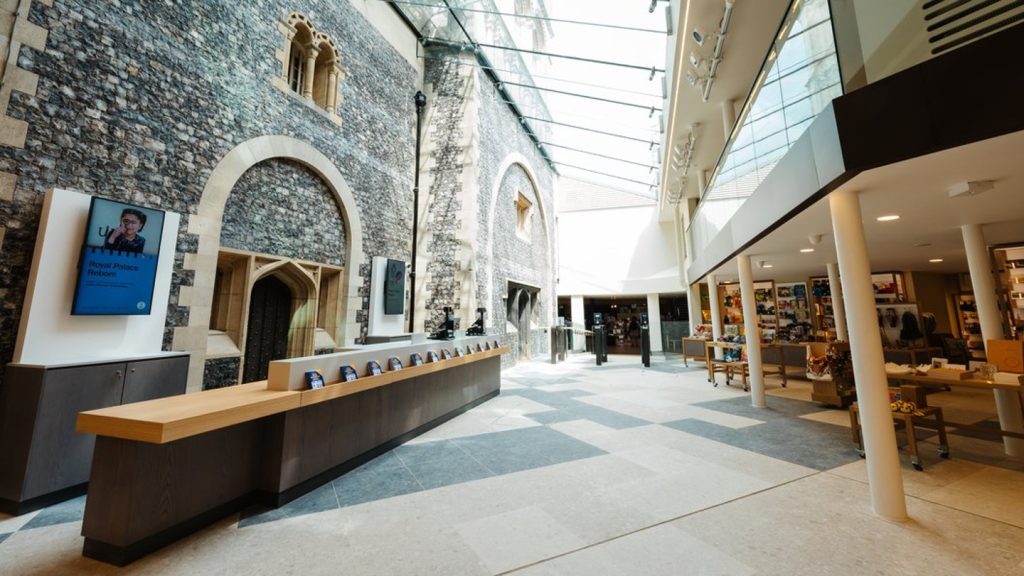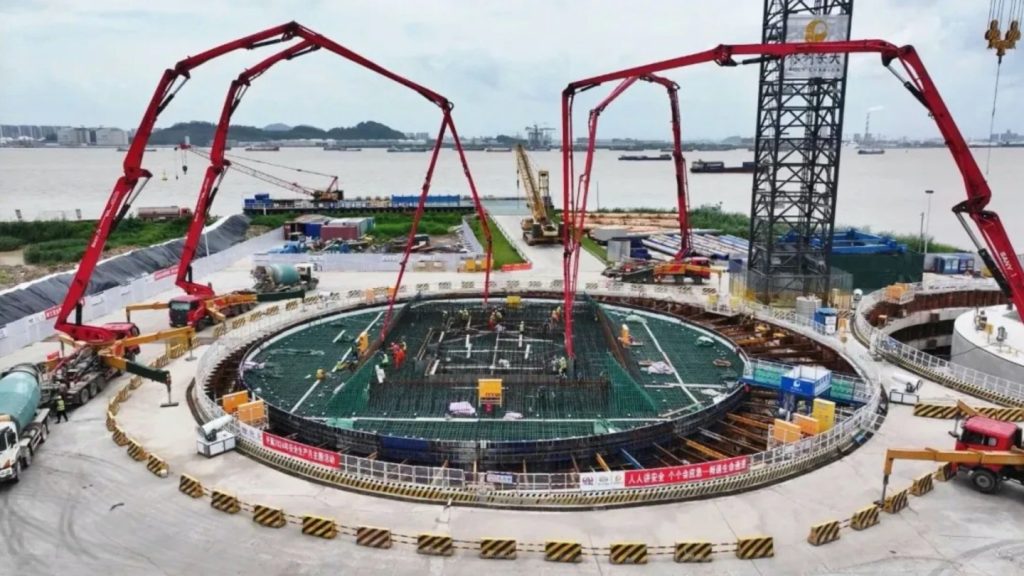Callahan Construction Managers has been appointed to oversee the ground-up reconstruction of the Leefort Terrace Affordable Housing complex in Salem, Massachusetts, US.
The project aims to provide 124 eco-friendly, affordable apartments that are Passive House-certified and powered by 100% electric and solar energy.
Since its original construction completion in 1958, Leefort Terrace has seen little to no updates.
Callahan business development vice-president Steve Callahan Jr said: “We understood from the moment we saw the first renderings of Leefort Terrace how invaluable this community is for the residents of Leefort Terrace and of Salem.
“As such, Callahan is committed to not only building a forward-looking affordable housing community, but one that is truly sustainable as well, thus combining two areas of significant expertise for Callahan. In addition, we're excited to work with our partner Beacon Communities on a project that will transform the local housing landscape for the better.”
Beacon Communities is responsible for the community redevelopment.
The current redevelopment project will involve demolishing all eight existing buildings and constructing a new structure with three and four-storey Passive House buildings to accommodate the rental units.
It will include amenities such as a fitness centre, community room, wellness office, computer stations, and offices for a Tenants' Organization and property management.
Additionally, each floor will have laundry rooms.
The site plan also features 100 parking spots, 86 bicycle parking spaces, two electric vehicle (EV) charging stations, and 25 EV-capable parking spaces.
To facilitate the construction, Beacon Communities has temporarily relocated the residents of Leefort Terrace. Residents have the option to return upon completion of the new building.
Additionally, the project team has incorporated community feedback to ensure the new structure meets the needs and expectations of both residents and neighbours.
Earlier this month, Callahan completed a multiphase renovation for Revolution Labs in Lexington, which included a 180,000ft² core and shell research building.


